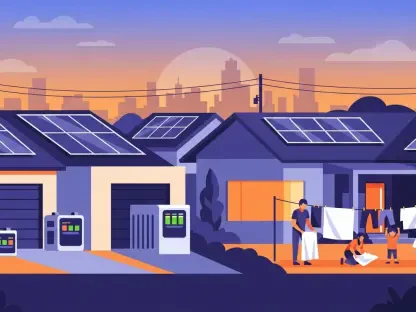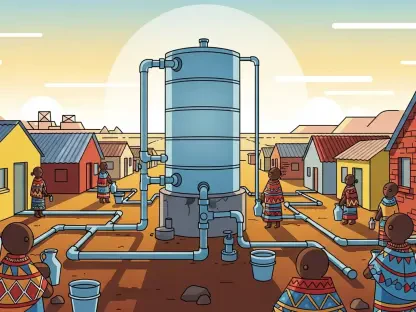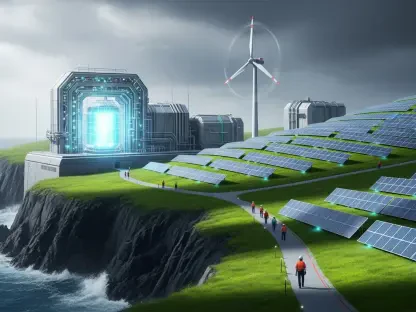In the heart of Cameroon, along the winding Sanaga River, a monumental project is taking shape that promises to redefine the nation’s energy landscape while posing critical questions about social responsibility. The Kikot hydropower project, valued at over $1.05 billion, is not just an engineering feat with its planned 500 MW capacity; it also represents a delicate balancing act between powering industrial growth and safeguarding the well-being of local communities. With a framework agreement recently signed between Cameroon’s Ministry of Social Affairs and the Kikot-Mbebe Hydro Power Company (KHPC), the stage is set for a development model that prioritizes both electricity generation and human impact. This ambitious initiative, poised to become the country’s largest renewable energy facility, underscores a growing recognition that infrastructure projects must integrate social equity to achieve true sustainability. As Cameroon pushes toward energy self-sufficiency, the approach taken here could serve as a blueprint for similar endeavors across the region.
Powering Progress with Technical Innovation
The Kikot dam is a cornerstone of Cameroon’s energy strategy, designed to meet escalating national demand and support industrialization while enhancing household access to electricity. Boasting a 1,200-meter dam and a powerhouse with six Kaplan turbines, each producing 83.3 MW, the project leverages a 35-meter head to ensure steady power output. Managed by KHPC, a joint venture between Électricité de France (EDF) and the Cameroonian government, this initiative has secured significant international support, including backing from the World Bank, reflecting confidence in its economic viability. With construction bids already under review, the timeline aims for commissioning within the next five to seven years, positioning Kikot to surpass the 420 MW Nachtigal project as the nation’s leading hydropower facility. Beyond domestic benefits, this development could transform Cameroon into a regional energy hub in Central Africa, amplifying its geopolitical influence. The technical prowess behind Kikot highlights a commitment to modern solutions, yet the true challenge lies in ensuring that progress does not come at the expense of local populations.
Prioritizing Communities in Development Goals
Equally significant to the technical achievements of the Kikot project is the emphasis on social compliance, as evidenced by the recent agreement signed in Yaoundé between the Ministry of Social Affairs and KHPC. This pact establishes a framework for the ministry to oversee initiatives that mitigate social and human risks, focusing on identifying, implementing, and evaluating programs for affected communities. The commitment reflects a broader understanding that large-scale infrastructure must actively benefit local populations, not merely displace or marginalize them. KHPC has pledged to foster community development alongside energy production, ensuring that economic opportunities reach those most impacted by the dam’s construction. This dual focus on power generation and social justice sets a precedent for how nations can pursue sustainable development goals without sacrificing human welfare. By embedding community resilience into its core strategy, the Kikot project aims to create a model where progress and people are not opposing forces but complementary pillars of growth.









